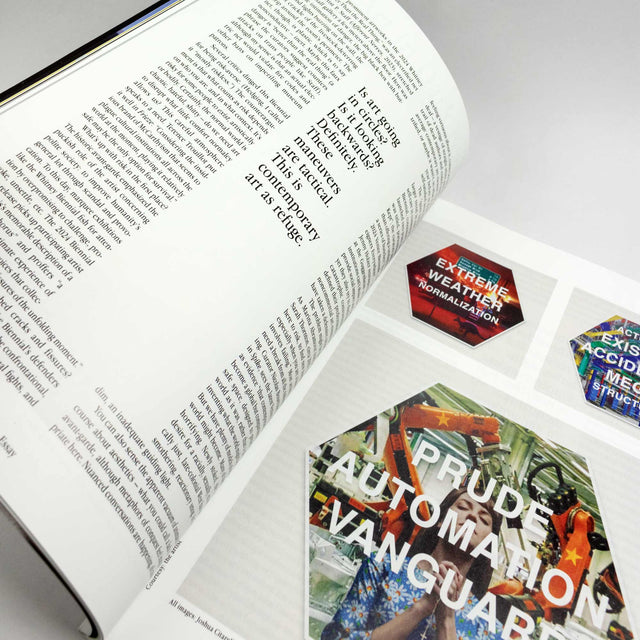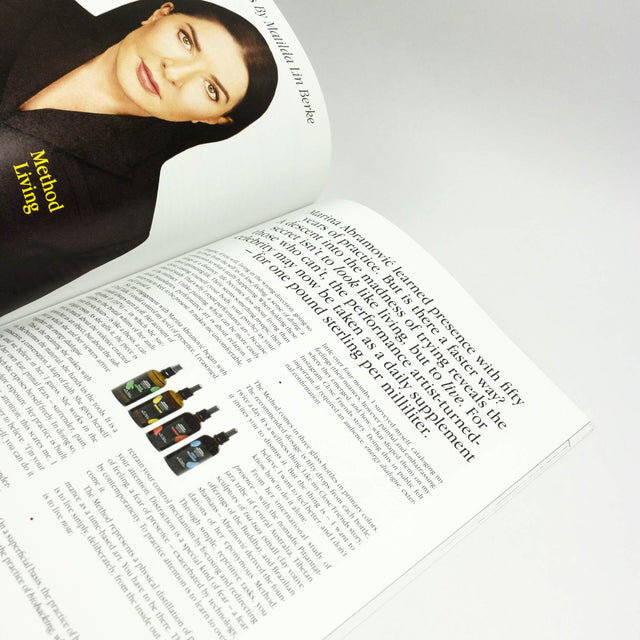








Spike Art Magazine #80 – The State of the Arts
Issue 80 – Summer 2024
A sense of major flux is spreading in the art world – and not only among its pessimists. Under pressure from reactionary politics and its own “now more than ever” imperatives, so much in art is transforming: criticism into a flashy rubber stamp; art schools into trauma industries; fairs into 3D-PDFs; museums into everything for everybody; and art-making into a moral protocol. Some artists are responding by dropping out, going Web3, or protesting genocide; a few are launching their own galleries or wellness brands; plenty are still just painting painting painting.
This issue dropping a pin so that the next time we go off road, we can find a way back to our last clear perspective – a bit jaded, a little dizzy, but faithful as ever that artists are finding our way forward.
With Travis Diehl on riskless art; Domenick Ammirati on getting ahead by getting hot; Anna Kornbluh on culture as pure vibe; an interview with O’Flaherty’s Jamian Juliano-Villani; Aodhan Madden on Maggie Lee, Ser Serpas & K8 Hardy; Jaakko Pallasvuo and Kristian Vistrup Madsen talk dropping out of the art world; a primer on decentralized social media; Elham Dawsari’s postcard from Riyadh; Nicolas Bourriaudon this year’s Venice Biennale; and so much more.
About
Founded by the artist Rita Vitorelli in 2004, Spike is a contemporary art magazine aimed at sustaining a vigorous, independent, and meaningful art criticism. At the heart of each issue are feature essays by leading critics and curators on artists making work that plays a significant role in current debates. Situated between art theory and practice and ranging far beyond its editorial base in Vienna and Berlin, Spike is both rigorously academic and stylishly essayistic. Spike’s renowned pool of contributing writers, artists, collectors and gallerists observe and reflect on contemporary art and analyse international developments in contemporary culture, offering its readers both intimacy and immediacy through an unusually open editorial approach that is not afraid of controversy and provocation.
GUDBERG NERGER
MON – SAT, 12:00 - 18:00
Poolstrasse 8 | 20355 Hamburg - Germany
Phone: +49(0)40 - 81 95 15 0
QUICK LINKS
About | Agency | Shop | Gallery | Feed | Contact | Virtual Tour | Jobs | Imprint | Privacy Policy | Shipping & Payment | Login
FOLLOW US
Instagram | Facebook | Linkedin | Pinterest | Newsletter

Copyright © 2025 GUDBERG NERGER
